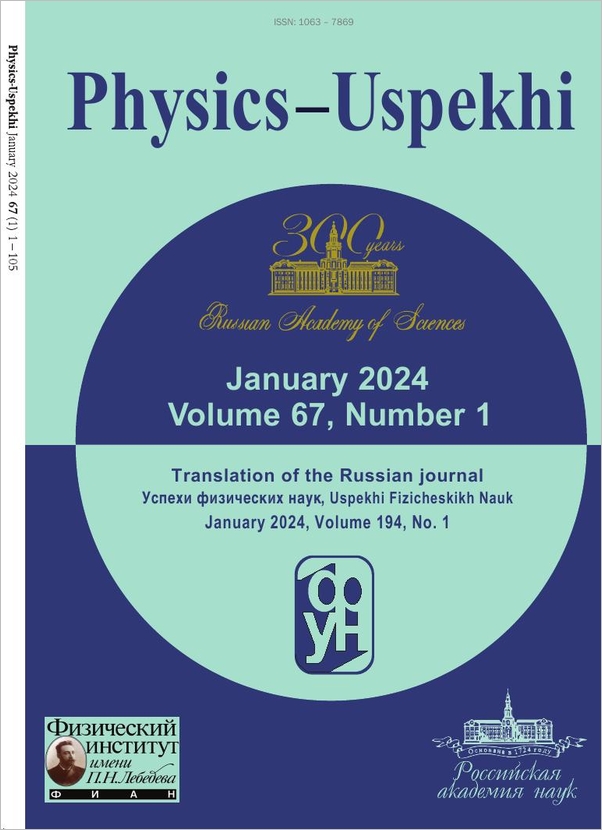|
This article is cited in 4 scientific papers (total in 4 papers)
REVIEWS OF TOPICAL PROBLEMS
Conductivity of quantum dot arrays
K. V. Reich
Ioffe Institute, St. Petersburg
Abstract:
Arrays of quantum dots (QDs), i.e., semiconducting nanoparticles with typical sizes of 3–10 nm, have become more than merely an object of scientific research; they are now used in electronic devices. They are appealing mainly due to their optical properties, which depend on the QD size. Here, we consider the electronic properties of such arrays. These properties typically inherit the properties of bulk semiconductors, but in some cases can be substantially different due to the discreteness of sizes and a particular type of disorder in the array: the difference in size and spacing among QDs, as well as the number of donors. Notably, in such arrays, the metal–dielectric transition occurs at a much higher concentration of donors than in the bulk material. The nature of hopping conductivity in the dielectric phase strongly depends on the disorder type, quantum confinement effects, the Coulomb blockade, and the overlap integral of QDs.
Received: July 4, 2019
Revised: August 25, 2019
Accepted: August 28, 2019
Citation:
K. V. Reich, “Conductivity of quantum dot arrays”, UFN, 190:10 (2020), 1062–1084; Phys. Usp., 63:10 (2020), 994–1014
Linking options:
https://www.mathnet.ru/eng/ufn6619 https://www.mathnet.ru/eng/ufn/v190/i10/p1062
|


| Statistics & downloads: |
| Abstract page: | 223 | | Full-text PDF : | 53 | | References: | 43 | | First page: | 5 |
|





 Contact us:
Contact us: Terms of Use
Terms of Use
 Registration to the website
Registration to the website Logotypes
Logotypes








 Citation in format
Citation in format 
